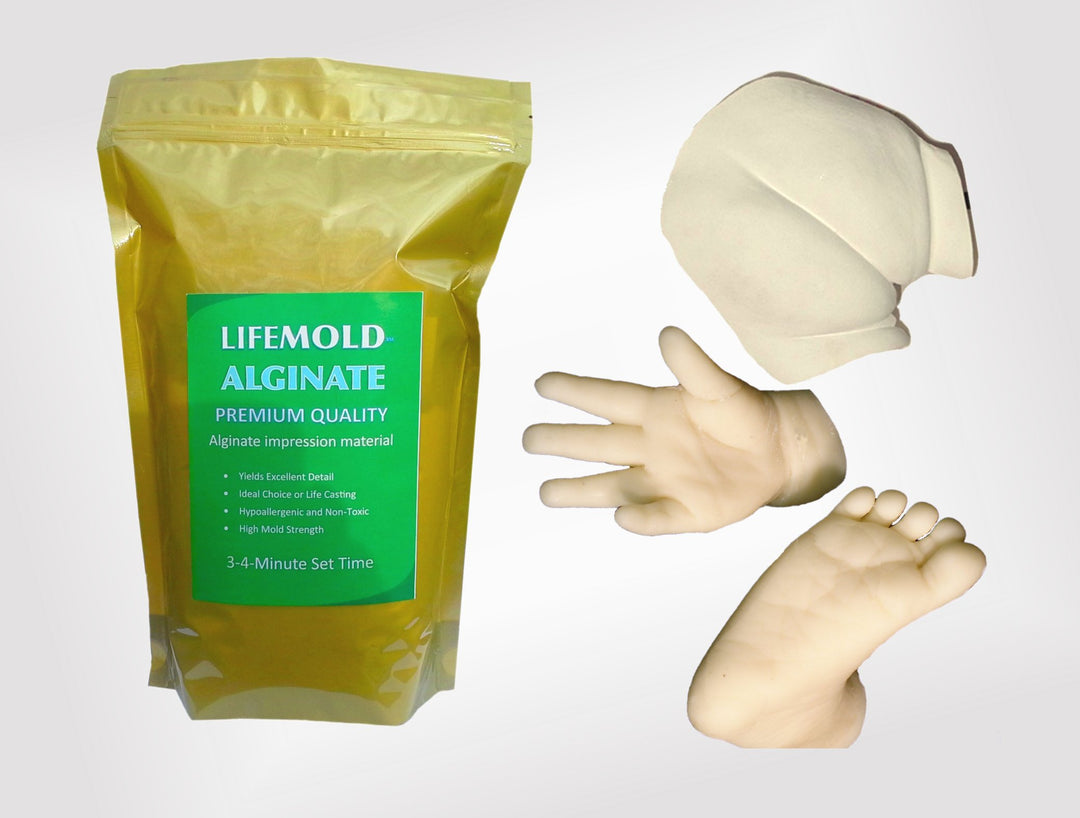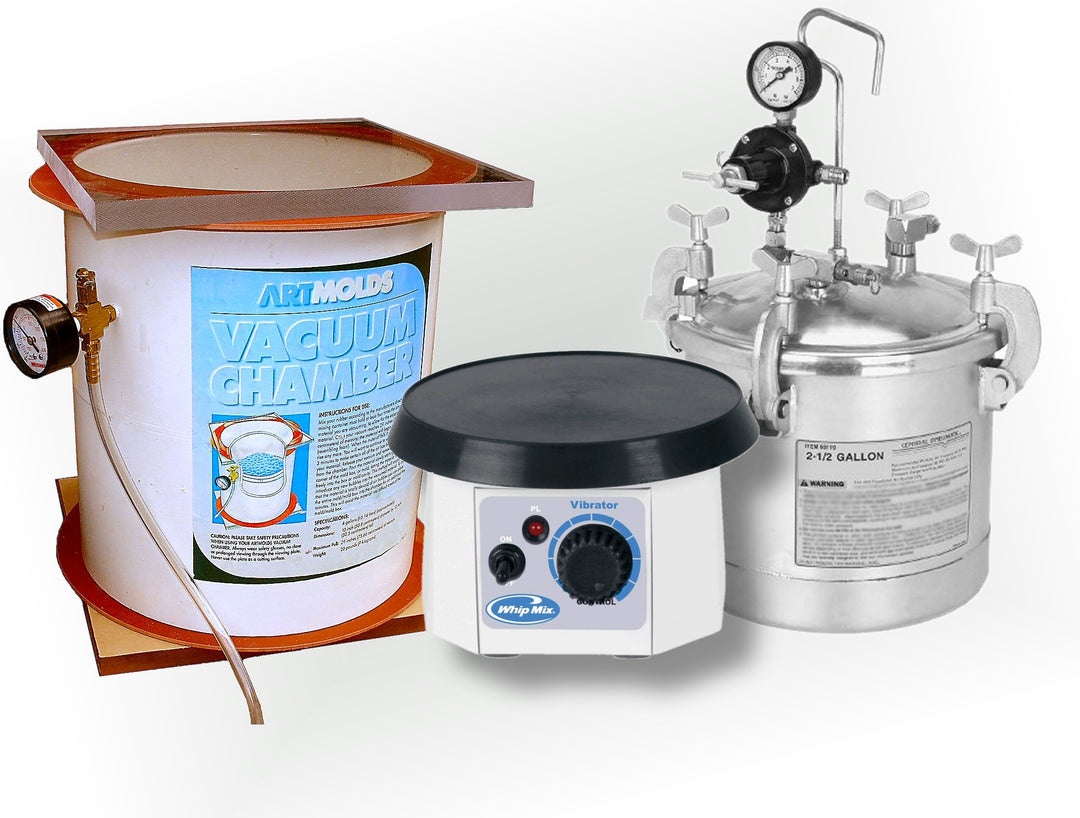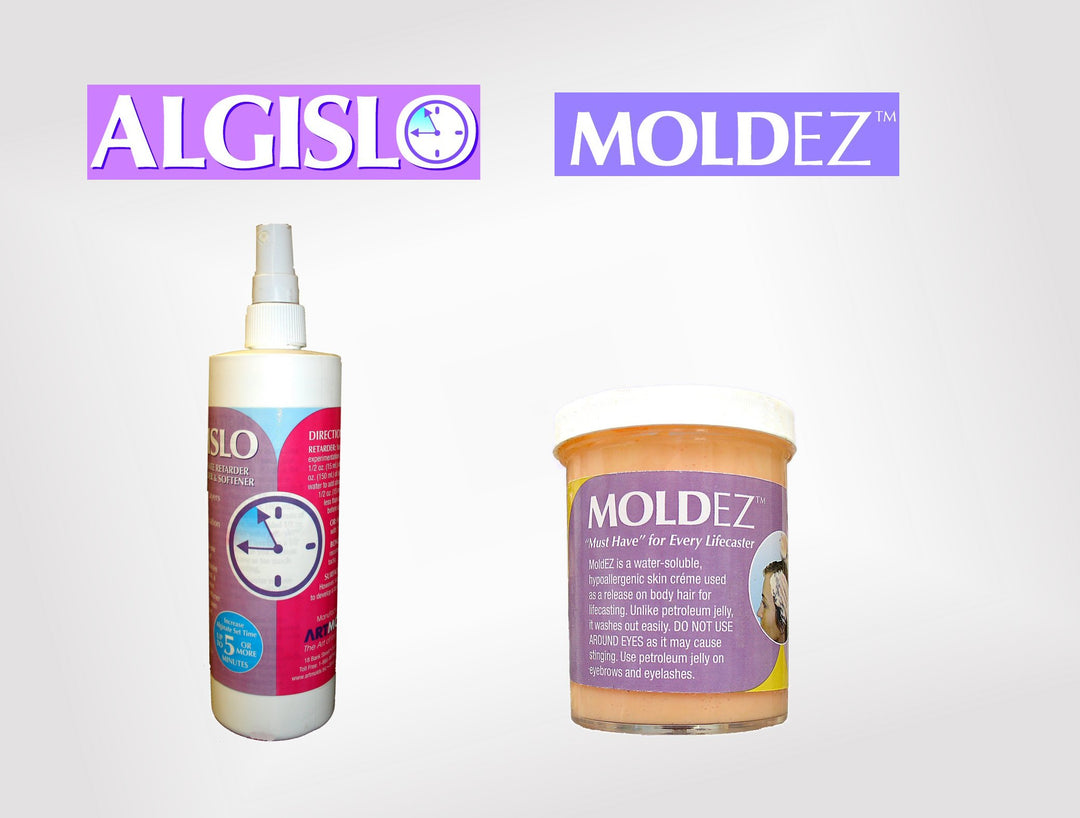Portrait Casting-1 - ArtMolds
- Forward
- Explained
- Introduction
- Basic Casting Technique
- How-to Videos
- Casting David Blaine
- Casting Iman
- Life Casting Hall of Fame
- Casting Materials
- Casting Kits
- Body Casting on TV
- Baby and Child Casting
- Hand Casting Examples
- Hand Casting Instructions
- Casting Ring of Hands
- Face Casting Examples
- Face Casting Instructions
- Ear Casting Instructions
- Portrait Casting
- Torso Casting Nude Figure
- Full Body Casting
- Life Casting Books

Figure 1.
ArtMolds Lifecasting Series
The Traditional Head Portrait
The head portrait is perhaps the most classic of all works of art throughout history. Also called a bust, it is the epitome of three-dimensional portrait art. Creating a satisfactory head portrait combines a number of skills, including some advanced experience in life casting. You will also need some talent in the sculptural arts for opening eyes, repairing ears, adding hair and the like, for the best results. We strongly recommend that you try several face casts first to get a feel for both the materials involved, as well as working with a live model. Casting the head is more challenging than other things, as both the front and the rear of the head are cast at once. Thus, this is classified as a two-part block mold.
A completed head portrait will be a lifetime treasure, and though challenging, it is a highly rewarding project. As we suggested, some life casting practice is necessary before you take on this advanced project, nonetheless, with care and patience, satisfactory results can be achieved, even for a first timer.
As you can see in the example of Figure 1, a bronze head portrait was created, suitable for any boardroom, using the identical methods provided here. However, the actual bronze portrait is a multi-step process, with the final steps executed at a metal foundry. Our instructions will take you through the creation of the initial casting, which is typically poured either in wax, plaster or clay. Once that casting is created, the artist then must to work to clean up the flashing, correct the casting flaws, which are bound to happen, sculpt open the eyes and then re-sculpt hair, if desired. These tasks often take practice before they are correctly executed. Thus, making a face casting in order to practice sculpting open eyes is highly recommended, for it is better to learn from mistakes on an easy-to-make, face casting than the more time-consuming and complicated head portrait.
To begin the process, you must gather your materials, tools and equipment and organize them so that they are readily available to you as you need them during the mold making process. You of course need a willing subject, and equally important, we recommend an assistant. Unless you are highly experienced, you will need help to accomplish this project. The materials are listed below:

Figure 2. Two tables are readied with all the mold making materials needed for the head casting. See the list on the right.
Molding Materials:
- 2 lb. alginate.
- 16-lb. plaster art stone
- (2 )2.5 gallon mixing buckets
- (1) 5-gallon bucket
- (2) rolls of plaster bandage
- MoldEZTM - a release agent for eyebrows and eyelashes used to slick down the hair before applying the alginate
- (1) bottle of AlgisloTM
- (2-3) 2” disposable paintbrushes
- (6) cotton ear swabs
- (1) 9'x12' plastic drop cloth; use some to cover the floor and some to cover your model
- Clay stick, used to plug nostril holes before pouring plaster
- Cloth towels, for cleanup and model comfort
- Thin kitchen spatula
- Petroleum jelly
- Small plastic dish pan to hold water to dip your plaster bandages
- Paper towels
- Apron
- Scissors
- Duct Tape to secure the drop cloth and to cover model and hold the plaster bandage mold together
- Binder clips or MoldEZ to secure the alginate in the shell before pouring the plaster
- Hairband to pull back the hair
Preparation:
Preparation and Setup Suggestions:
Protrect your work area and model before beginning by cutting about four feet off the long end of the drop cloth, and cover the model; then secure the remaining portion to the floor if needed. Use two small tables to hold the materials: use a DRY TABLE for precut plaster bandages, the measured-out alginate and any other things you don't want to become contaminated with water. Use the WET TABLE for buckets and water for plaster and a place to dip plaster bandages. Fill a 5-gallon bucket 3/4 of the way full with warm water and place it at the foot of the WET TABLE in an accessible area. Use this bucket for a water source and clean up.

Figure 4. Three-ply strips of plaster bandages are cut to a length of about six-inches




